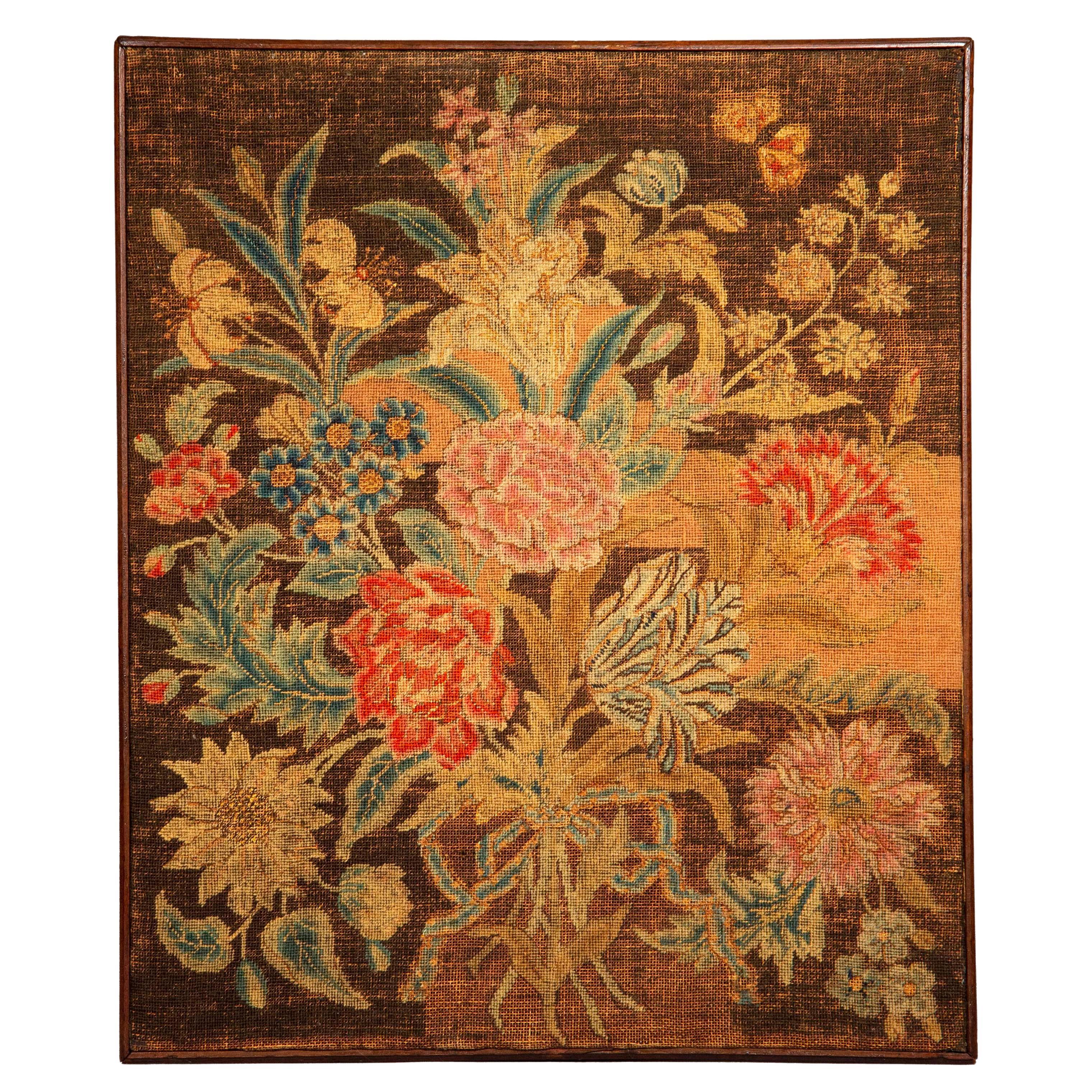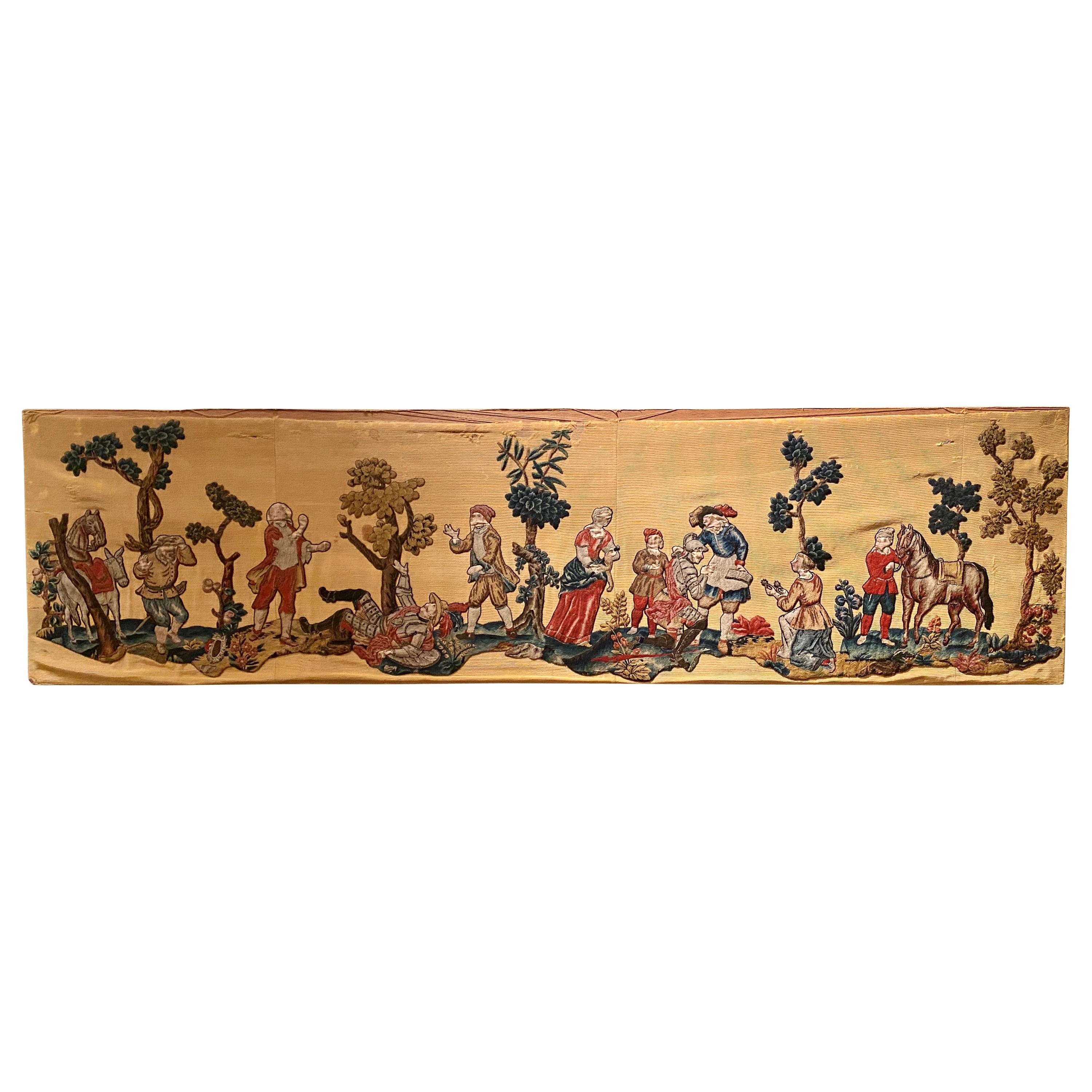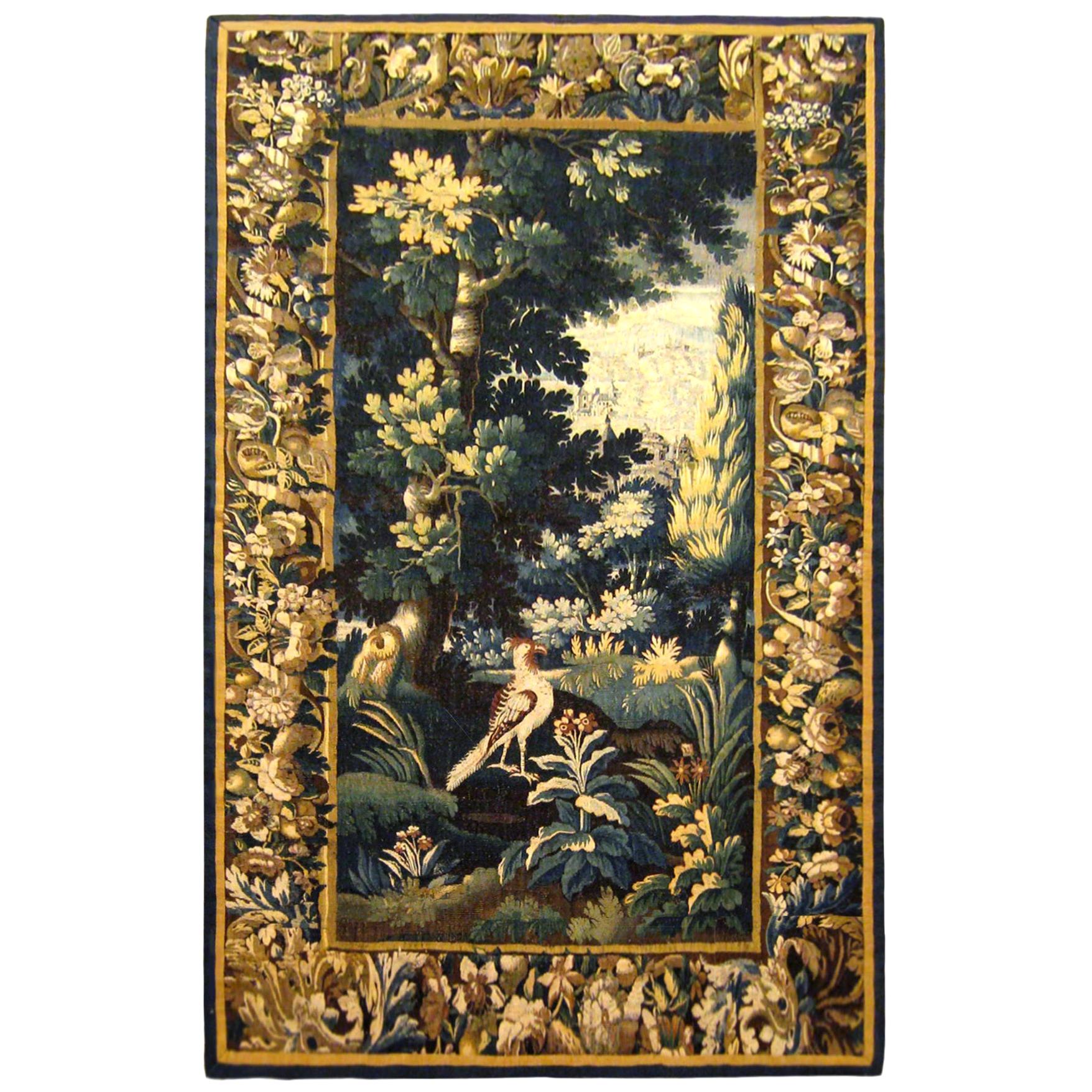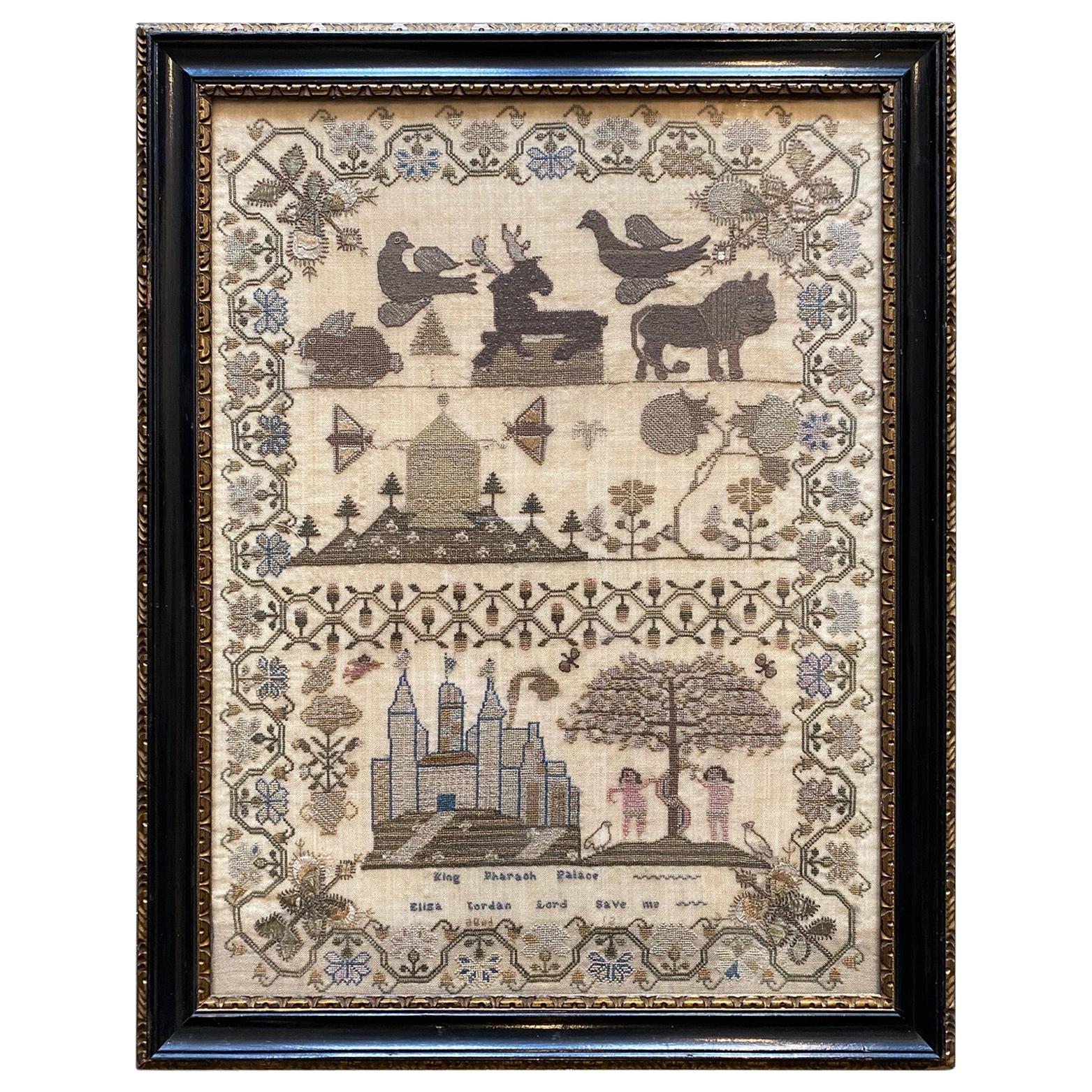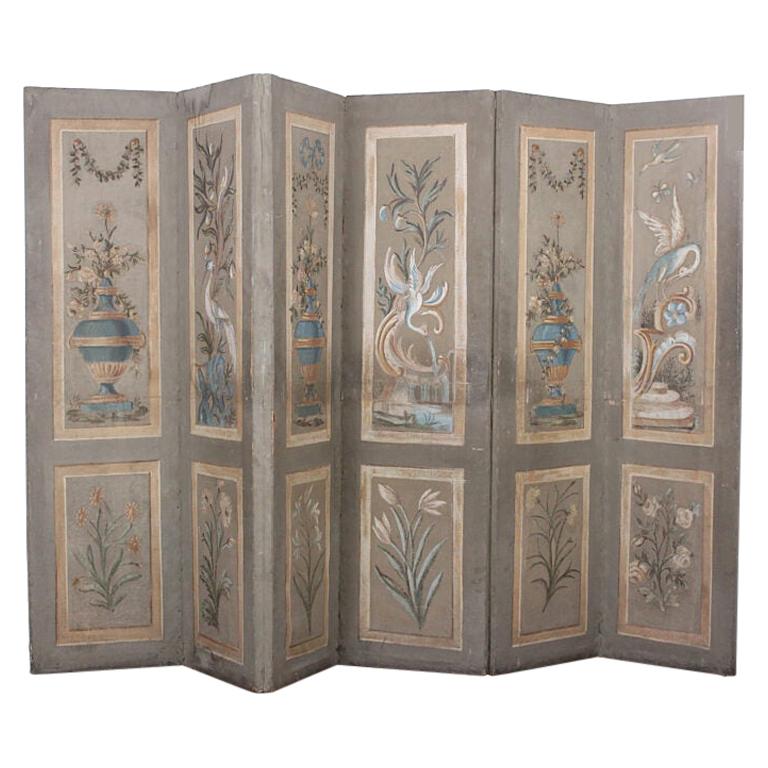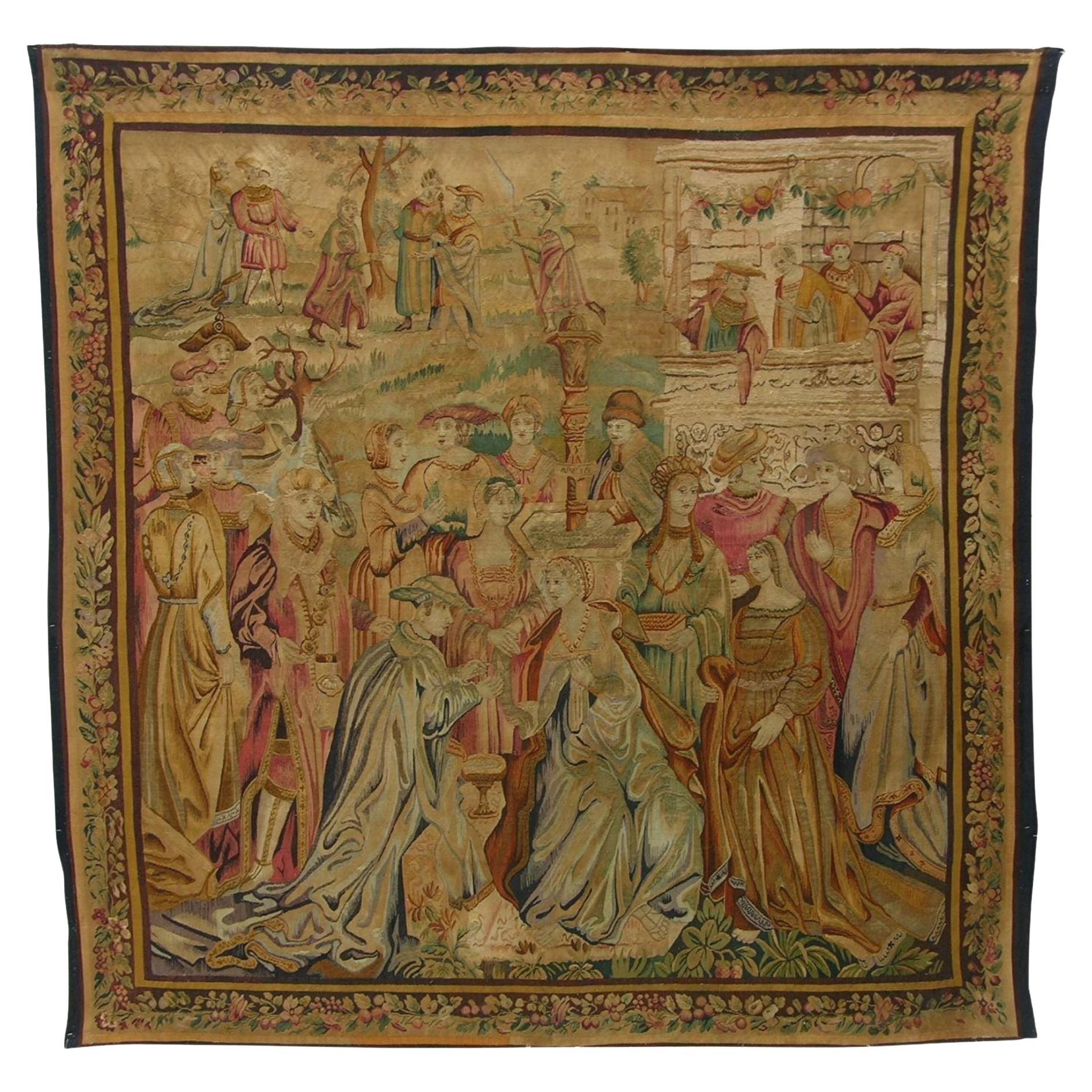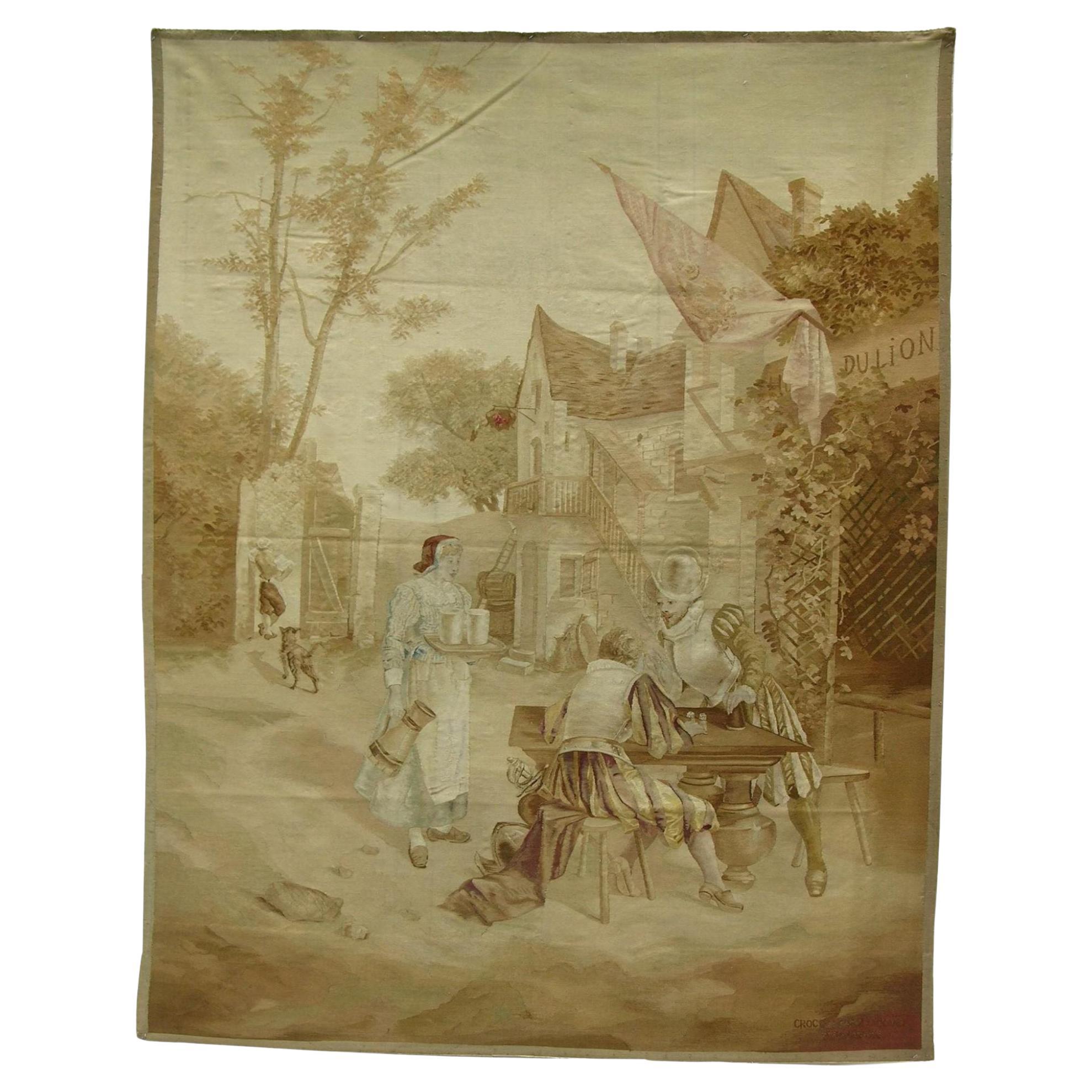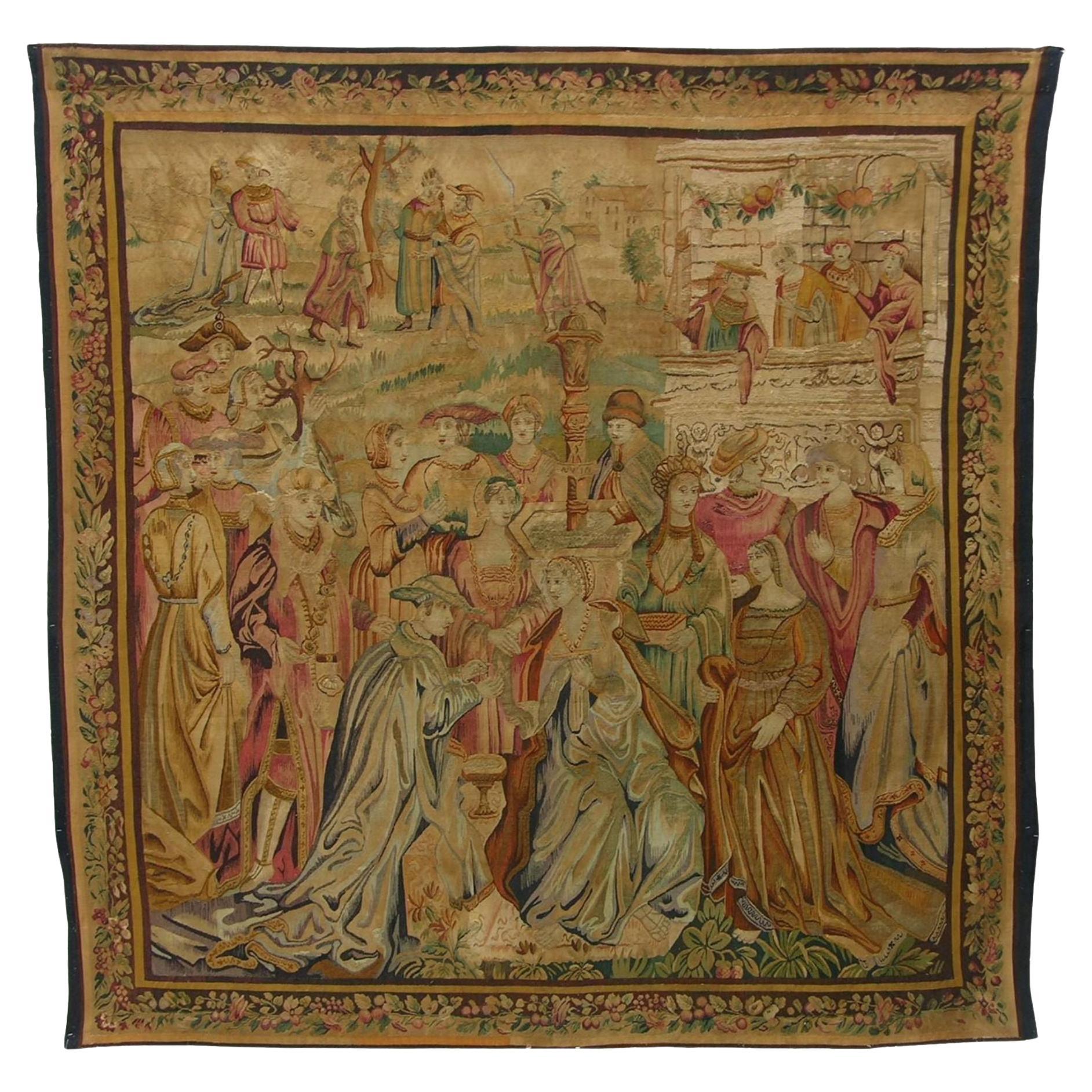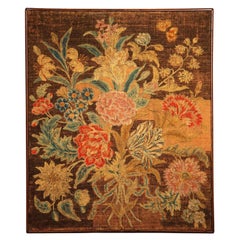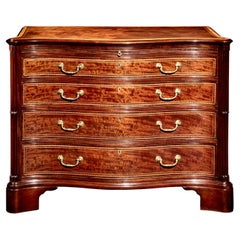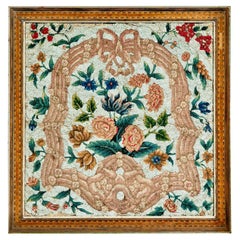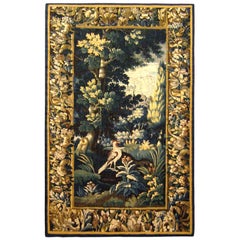
Antique Chippendale Needlework Display, 18th Century
View Similar Items
Want more images or videos?
Request additional images or videos from the seller
1 of 8
Antique Chippendale Needlework Display, 18th Century
About the Item
- Similar to:Thomas Chippendale (Cabinetmaker)
- Dimensions:Height: 63 in (160.02 cm)Width: 21 in (53.34 cm)Depth: 17 in (43.18 cm)
- Style:Chippendale (In the Style Of)
- Materials and Techniques:
- Place of Origin:
- Period:
- Date of Manufacture:circa 1760s
- Condition:Wear consistent with age and use. original antique condition, great colour and patination to mahogany.
- Seller Location:London, GB
- Reference Number:1stDibs: LU1781220331312
About the Seller
5.0
Platinum Seller
These expertly vetted sellers are 1stDibs' most experienced sellers and are rated highest by our customers.
Established in 2014
1stDibs seller since 2016
211 sales on 1stDibs
Associations
LAPADA - The Association of Arts & Antiques Dealers
More From This SellerView All
- 18th Century Needlework PictureLocated in London, GBA charming petit-point needlework picture of floral design, in its original convex moulding frame. English, late 18th century.Category
Antique Late 18th Century English Georgian Tapestries
MaterialsWool
$628 Sale Price44% Off - 18th Century Chippendale Chest of DrawersBy Thomas ChippendaleLocated in London, GBA superb quality George III Chippendale period serpentine-fronted chest of drawers. English, c. 1770. Why we like it A most perfect embodiment of the Chippendale taste: superb quali...Category
Antique Mid-18th Century English George III Commodes and Chests of Drawers
MaterialsBrass
- Antique Beadwork Tapestry Picture, Early 19th CenturyLocated in London, GBAn exquisite early 19th century gros-point and beadwork tapestry picture, in antique parquetry frame. Size of the panel: 20.75 in / 52.5 cm by 21.25 in / 54 cm.Category
Antique Early 19th Century English George II Tapestries
MaterialsTextile, Wood
- Large English Chippendale Gainsborough Armchair, mid-18th CenturyBy Wright & ElwickLocated in London, GBA very fine George III period Gainsborough armchair of superb quality and large scale, attributable to Wright and Elwick. English, circa 1760. Why we like it We love the imposing scale of this iconic design from the mid-18th century, superbly handcrafted and beautifully reupholstered in a luxurious Claremont silk damask. Provenance With a pre-1903 label underneath reading GEO TROLLOPE & SONS / BELGRAVE SQUARE, / LONDON, S.W. Attribution This armchair relates to 'French Chair' designs in the George II picturesque manner illustrated in Thomas Chippendale's The Gentleman and Cabinet-Maker's Director, London, 1754. The pattern relates closely to a suite of five library armchairs from Swinton in Yorkshire and now attributed to the Yorkshire cabinet-makers, Wright and Elwick, who were known to have worked for William Danby at Swinton in around 1775, and who were both subscribers to the first edition of the Director. The suite was sold by the Earl of Swinton and the Hon. Nicholas Cunliffe-Lister, from Swinton House, Masham, Yorkshire, in Christie's house sale, 20-21 October 1975, lot 17. Wright and Elwick Established in 1747 by Richard Wright and Edward Elwick, this prolific partnership '[had] the honour to serve most of the Nobility & Gentry in the West and North Rideing' (G. Beard and C. Gilbert, eds., Dictionary of English Furniture-Makers 1660-1840, Leeds, 1986, pp. 1006-1008). Certainly, records indicate that they received patronage from such distinguished clients as Sir Rowland Winn at Nostell Priory, the Duke of Norfolk at Worksop Manor, Viscount Irwin at Temple Newsam House, John Spencer at Cannon Hall and most notably, the Marquess of Rockingham at Wentworth Woodhouse. A pair of virtually identical armchairs is in the collestion of the Museum of Fine Arts, Houston. An identical armchair was sold Christie's, London, Ronald Phillips Ltd - Making Room, 2 July 2014, Lot 69. The design also corresponds to a chair in the collection at Southill, Bedfordshire (P. Macquoid and R. Edwards, The Dictionary of English Furniture, London, rev. ed., 1954, vol. I, p. 277, fig. 160). A pair of armchairs of this form was sold Christie’s New York, 19 October 2000, lot 100 ($182,000); a single chair of virtually identical form was sold Christie's London, 15 April 1999, lot 65; a further related pair was sold Sotheby's London, 5 July 1997, lot 58. George Trollope & Sons - Retailers The firm, established in 1820 as 'paper hangers...Category
Antique Mid-18th Century English Chippendale Armchairs
MaterialsUpholstery, Wood, Silk
- Large Antique Coromandel or Kuancai Lacquer Screen Six Panel Chinese ExportLocated in London, GBA superbly decorative six-panel lacquered 'Coromandel' screen, exquisitely carved and hand-painted with oriental figures, flowers and exotic beasts on a dark brown background, in the traditional 17th century manner. China, Canton, Qing dynasty, late 19th – early 20th century. Why we like it We like its impressive proportions which make it perfect for a feature wall, and the exquisite quality of decoration. The subtlety of colours lends a 'soft' look to the piece. The central motif depicts a scene set in the gardens of a Han dynasty palace, while the outer borders are decorated with the “one hundred antiques” motif interspersed with floral arrangements. In this regard, the present screen not only conveys auspicious meanings but also demonstrate the owner’s fine scholarly taste. History The term 'Coromandel', which is used to describe this particular type of lacquer technique (kuancai), is rather misleading. In the 18th century it was used commercially to indicate the place from which these objects were shipped to England through the East India Companies, and had no reference to China, the place of their origin. Similarly, Chinese painted wallpaper was often called 'India paper' in historic documants. The kuancai lacquer technique, literally meaning “cut out colour” and found almost exclusively on screens, emerged in the 16th century to serve the domestic market. The iconographic elements were carved through the built-up coats of dark lacquer and filled with pigments and gold. Seventeenth century examples usually consisted of twelve panels, and were often employed in entrance halls or as room dividers or windscreens for gardens and terraces. They were often commissioned as gifts and depicted court scenes, episodes from the world of the immortals, panoramic or landscape views and auspicious symbols. This type of lacquerware was flourishing during the reign of the Kangxi emperor (1662-1722) and saw a revival in the 19th century. Stylistically the present screen may be compared with the twelve-panel lacquer screen from the Kangxi period in the Victoria and Albert Museum illustrated by W. De Kesel and G. Dhont in Coromandel Lacquer Screens, ill. 23, pps 36-37. Such luxurious items were popular in England during the height of fashion for oriental exoticism, called chinoiserie in Europe. In the 20th century, Coromandel screens still remained a staple in the European interior design. Coco Chanel had a collection of 32 rare Coromandel screens, which she proudly displayed in her home at 31 Rue Cambom, Paris. She one...Category
Early 20th Century Chinese Chinese Export Screens and Room Dividers
MaterialsWood, Lacquer
$6,060 Sale Price40% Off - Pair of 18th Century Hall ArmchairsLocated in London, GBAn outstanding pair of George II period hall armchairs in black walnut, of unusual 'Windsor' design. England, circa 1740–50. Why we like them Items that are not merely quirky, but...Category
Antique Mid-18th Century English George II Chairs
MaterialsWalnut
$15,881 / set
You May Also Like
- Unusual Antique 18th Century Flemish Needlework TapestryLocated in New Orleans, LAUnusual antique 18th century Flemish (or French) needlework tapestry with countryside scenes.Category
Antique Late 18th Century Belgian Tapestries
MaterialsTapestry
- Antique 18th Century Flemish Verdure Tapestry 'from Ralph Lauren Window Display'Located in New York, NYAn antique 18th century Flemish verdure landscape tapestry, size: 8.0 H x 4.6 W. This fine handwoven European wall hanging features a lovely land...Category
Antique 18th Century Belgian Tapestries
MaterialsSilk, Wool
- American Needlework Sampler by Eliza Jordan, Aged 12, Late 18th CenturyLocated in Nantucket, MAAntique American needlework sampler by Eliza Jordan, aged 12, late 18th century, a very fine and fanciful pictorial needlework sampler on l...Category
Antique Late 18th Century American Folk Art Tapestries
MaterialsLinen
- 18th Century Figurative Antique TapestryLocated in Ferrara, ITA very special tapestry with the theme of "carefree" in nature, which depicts a group of calm people enjoying nature like a magnificent theater scene. This unique tapestry...Category
Antique 18th Century European Tapestries
MaterialsCotton
- Antique Italian Textile, 18th CenturyLocated in Ferrara, ITIn the centre, with a kabbalistic/gematric representation, the biblical tetragrammaton (yhwh) yahweh, which is the sequence of the four Hebrew letters (Greek, tetragràmmaton; t?t?a, ...Category
Antique 18th Century Italian Tapestries
MaterialsSilk
- Early 19th Century Six-Panel ScreenLocated in Vancouver, British ColumbiaEarly 19th century French six-panel painted screen. Beautifully hand painted.Category
Antique Early 19th Century Screens and Room Dividers
MaterialsCanvas, Wood
